The XSR900 is Yamaha’s “neo-retro” motorcycle with a powerful three cylinder engine that packs a lot of punch in a relatively package. After a decade working in the motorcycle industry, here are, in my opinion, the top 5 reasons to buy a Yamaha XSR 900.
Here’s a summary of why you’ll love the Yamaha XSR900:
- Three cylinder engine
- Ride by wire
- Adjustable traction control
- Light weight
- Performance
Want the details? Watch this video or read the article continued down below.


Five reasons to buy a Yamaha XSR 900
1) Three cylinder motor
Four cylinder motorcycle make great horsepower but they can feel buzzy because they need to be revved up higher to be in their powerband. Two cylinder motorcycles have plenty of low end torque, but don’t perform like a four cylinder can at higher engine RPMs. The great thing about three cylinder motorcycles is that they offer you the best of both worlds. The low end grunt of a twin, with the ability to move quickly at high RPMs like a four cylinder.
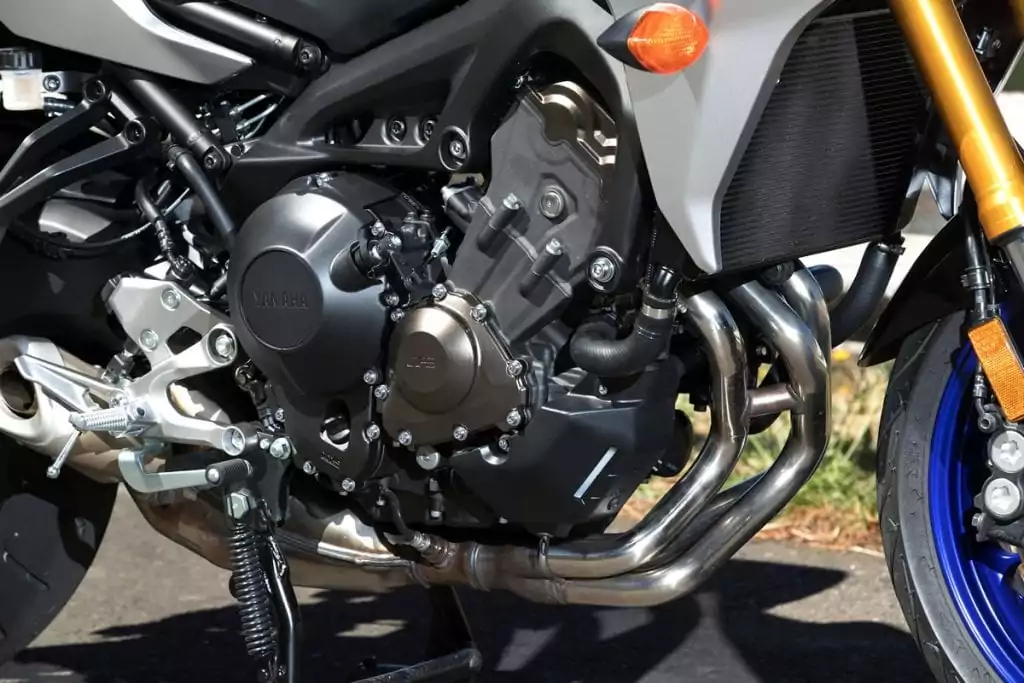
Yamaha’s been building this three cylinder engine since for nearly a decade. They’ve had plenty of times to iron out the bugs (ask early FJ-09 owners about those) via upgraded fuel mapping. The Yamaha XSR900’s motor is not only a blast to ride, but it’s fun, reliable, and much improved since it first came out.
2) Ride by wire
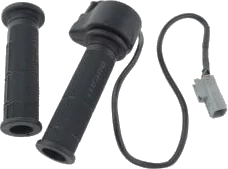
Ride by wire technology is the digitization of what a motorcycle throttle cable used to do. Instead of cables to open and shut an engine’s throttle valve, a sensor tells the motorcycle’s computer how the throttle grip is being turned. Action by wire technology allows people to do cool stuff like drive a car remotely using a PlayStation controller.
In the Yamaha XSR 900, ride by wire technology allows the XSR to have three different ride modes. The modes are named: A, Standard, and B. Standard is what you would expect from a three cylinder motorcycle of it’s size. The addition of A mode and B mode gives you the options of changing the motorcycle’s mapping. You pick how you want your XSR900 to perform and change it mid-ride.
A mode is a more aggressive, performance-oriented kind of ride. It’s a blast for hooligan riding, and you’ll be popping wheelies with ease on every launch from a red light. B mode is much more subdued, reducing the acceleration and low end power to make the motorcycle more manageable. It’s great for when you’ve been caught in rain or for riding in cold weather with reduced traction, or if you’re just new to the XSR and want to make learning how to ride it a bit less intense.
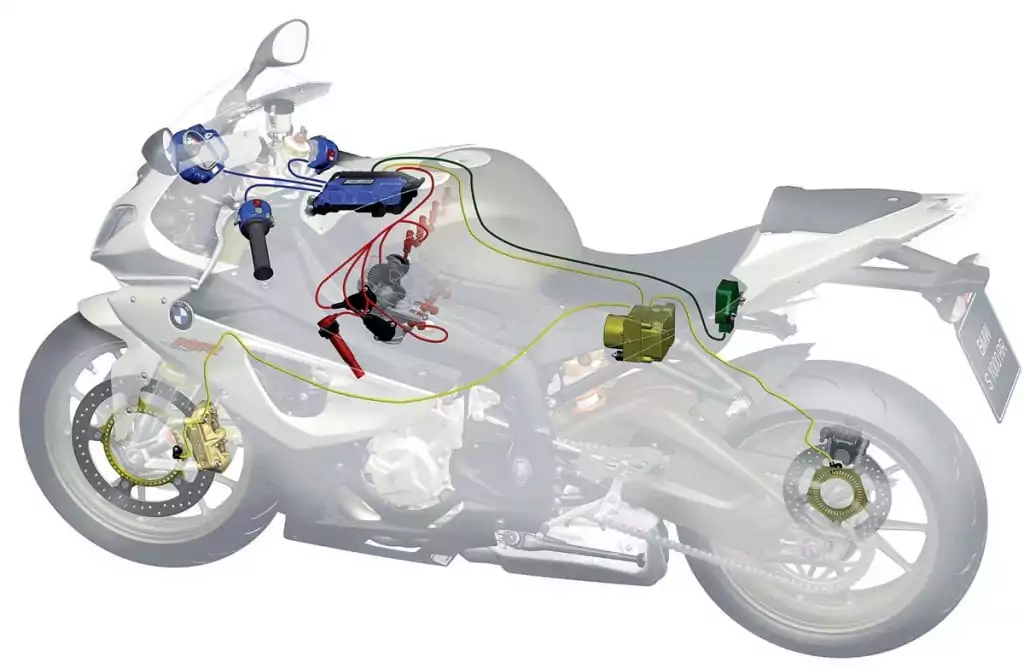
Normally I’m a less-is-more kind of guy, and I’m not a big fan fan of more technology on motorcycles, but ride by wire mode is similar to fuel injection as far as I’m concerned, it will make your life easier and once you have it you won’t want to go back to being without it.
3) Adjustable traction control
Features like traction control and anti-lock braking systems are becoming more common on motorcycles, but the Yamaha XSR 900 goes one step further. On the XSR 900 you can turn traction control off completely, or choose between Traction Control 1 and Traction Control 2.
Traction Control 2 is an excellent for feature for newer riders who are still getting comfortable on the XSR. Traction Control 1 is less restrictive and will still allow more experienced riders to enjoy the performance the motorcycle has to offer, while still leaving a little bit of potential for safety and protection.
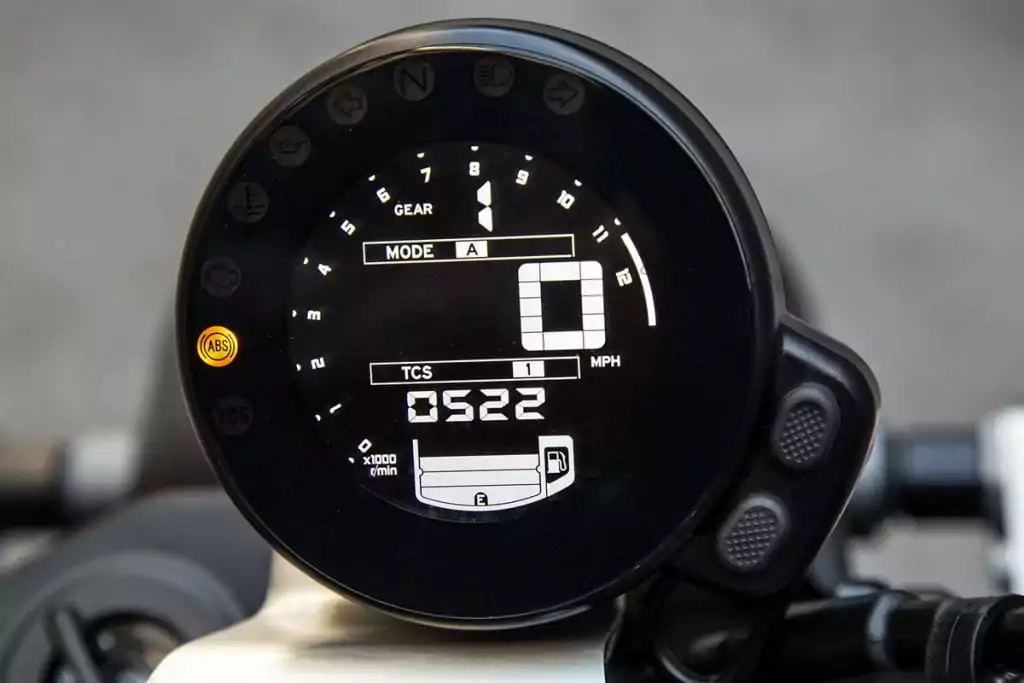
Being able to adjust traction control on the fly lets riders set the Yamaha XSR 900 to suit their particular wants or needs on any given ride, or even mid-ride if you find your road conditions have changed.
4) Light weight
A large part of what makes the Yamaha XSR900 so fun to push around through a corner is the motorcycle’s light weight. The XSR 900 weighs only 438 lbs wet, which is only 18 lbs more than my first 250cc motorcycle weighed.
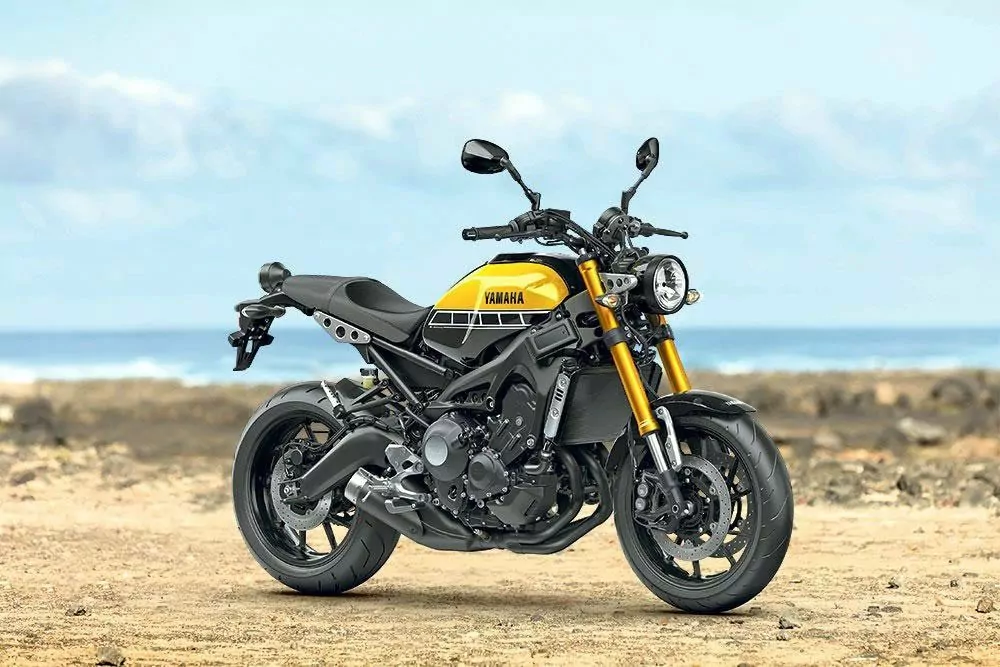
While smaller riders may not appreciate the 32.7 in seat height of the XSR 900. However, once mounted, the motorcycle’s light weight and low center of gravity is easy to handle.
5) Performance
The Yamaha XSR900 weighs in like a featherweight, but it punches like a heavyweight. The XSR 900 makes 115 horsepower at 10,000 rpm, and a noticeable 65 lb-ft of torque at 8,500. The torque on the 847cc triple is substantial from the instant you twist the throttle.
The engine’s power output paired with motorcycle’s overall light weight makes for an excellent power to weight ratio. The front end that likes to pop little wheelies under quick acceleration.
Bonus: Excellent handling
This motorcycle handles really well! This isn’t by accident. In addition to the XSR900’s light weight, it maintains a relatively low center of gravity thanks to careful choices Yamaha has made, including the positioning of the motor in the chassis.
A shorter wheelbase (the distance between the front and rear axles), along with a wide and low handlebar also add to the excellent handling characteristics of the motorcycle. Lastly, gobs of torque at low RPMs is the final ingredient in the recipe for a motorcycle that handles through whatever twisties you find yourself leaning through.
Negative Bonus: “Retro” aesthetics
The XSR900 is branded as a neo-retro, like the Honda CB300R and CB650R. These are motorcycles that aren’t meant to outright look old school, but instead have taken certain stylistic queues from bygone motorcycling eras. Your XSR900 might come with race stripes, a round headlight, and UJM-ish ergonomics, but no one will mistake it for a retro motorcycle.
If you’d like a middleweight motorcycle that actually brings plenty of retro charm, you should instead be looking at the Kawasaki Z900RS, or if you don’t mind a little less power, the Triumph Bonneville. If you’re looking for a smaller frame, the Moto Guzzi V7 is another retro motorcycle that stays true to it’s 1970s roots.
Closing thoughts
The Yamaha XSR900 can be a lot of motorcycle to handle. It’s not a motorcycle for new or beginner riders. Luckily, with the addition of extra safety features like Anti-lock Braking System, adjustable traction control, and ride by wire modes, the XSR 900 is a fantastic motorcycle for experienced riders who already have a handful of years of experience under their belts.
If you already own an XSR 900, you should check out my guide on how to change the oil on a Yamaha XSR900 according to the factory service manual. I’ll show you what you’ll need and step by step how to do it, so you can do it yourself just like a Yamaha dealer would.
COMMENTS: What are your thoughts on the XSR900? Love it? Hate it? Leave me a comment!
 YouMotorcycle Motorcycle Blog – Motorcycle Lifestyle Blog, MotoVlog, Motorcycle Reviews, News, & How-Tos
YouMotorcycle Motorcycle Blog – Motorcycle Lifestyle Blog, MotoVlog, Motorcycle Reviews, News, & How-Tos

Yamaha got it right by copying what Triumph’s been doing since 1991.
Ah, George……XS750……XS850, triples with shaft drive predate Hinckley Triumphs.
I’m more than a little surprised that someone thought such a basic and routine maintenance needed a step by step tutorial. And the link to a Torque wrench led to an oil filter wrench.
People need help with things. Case in point: You left a comment about an oil change, on a page that is essentially a motorcycle review. Might want to take the arrogance down a notch and take a moment to self-assess bud.